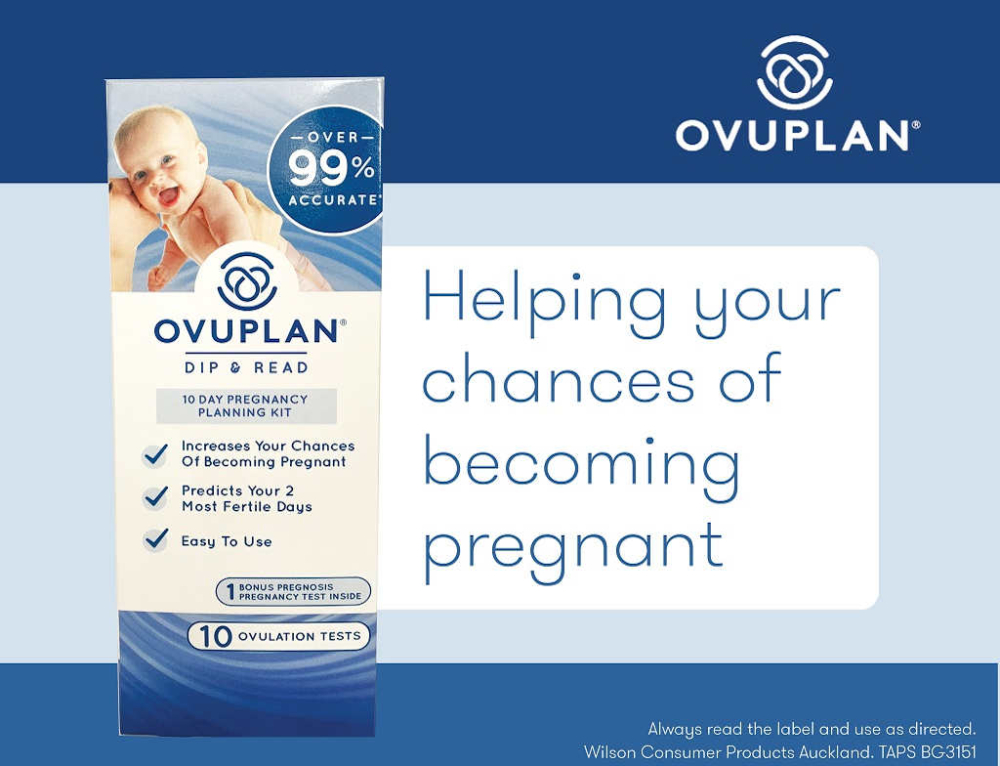If your caregiver recommends inducing your labour, it is important that you obtain all the facts relating to why the induction is necessary, and exactly how the procedure(s) is carried out.
Make sure your caregiver walks you through all the steps BEFORE being admitted to the hospital, so you know what is involved. If you feel unsure, or uncomfortable, about being induced, or the methods being used, then question the reasons around why it might be necessary and if there are any other options available.
If you feel you need a second opinion, then follow your instincts.
The two main types of medical inductions are pharmacological (medications) or mechanical. Often a combination of these methods is needed to facilitate the labour to progress (or to make the induction successful).
Pharmacological methods (using medications) for induction usually include prostaglandins or an oxytocin drip.
Induction using prostaglandins
Prostaglandins are synthetic hormones (or medications), usually in the form of a gel or a vaginal pessary, that are commonly used to ripen the cervix or induce labour.The main aim of prostaglandins is to ripen the woman’s cervix (or make her cervix more ‘favourable’), so that IV oxytocin for induction is more likely to be successful. This is particularly the case if the woman is less than 41 weeks pregnant. In some cases, the prostaglandins themselves, (along with breaking the waters), induces the labour, without the need for an oxytocin drip.
After the prostaglandins are inserted, the woman is usually requested by the caregiver to stay in bed for about 40 minutes, to one hour, afterwards. This enables the absorption of the prostaglandins. In addition, the baby’s heart rate is usually monitored for this time with a CTG Machine.
Oxytocin for induction
The body naturally produces the hormone ‘oxytocin’ (pronounced ‘ox-ee-tose-in’) to start, and maintain, labour contractions. Labour can also be induced using a synthetic form of oxytocin medication, to try and obtain the same result. Intravenous (or ‘IV’) oxytocin is called ‘Syntocinon’ in New Zealand. It may have other trade names in different countries. Once started, Syntocinon can interfere with the woman’s natural release of oxytocin, therefore it needs to be continuously infused into the woman’s body throughout the entire labour, until after the baby is born.
Using an oxytocin drip to induce labour is one of the most common methods, especially if the waters have broken and the labour does not start. An oxytocin drip needs to be set up in the delivery suite. So for women who were planning to give birth in a birth centre, or at home, this would mean transferring. It also involves the baby’s heart rate being continuously monitored with a CTG machine.







Leave A Comment
You must be logged in to post a comment.